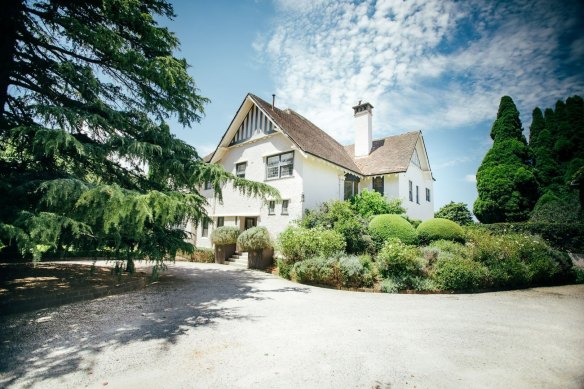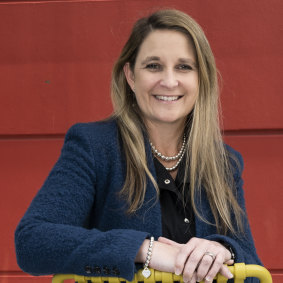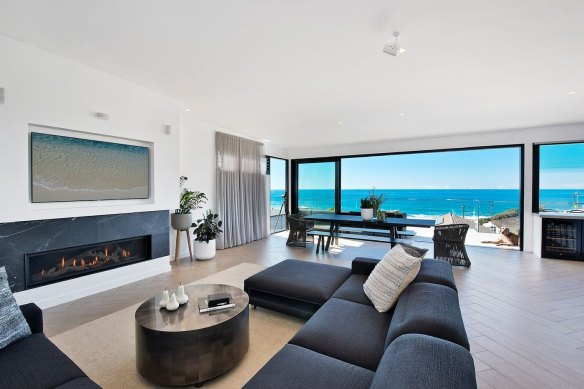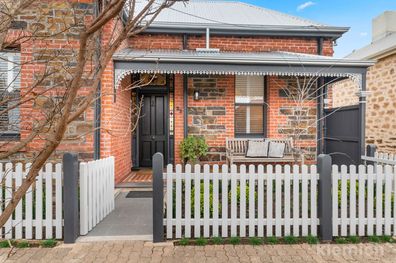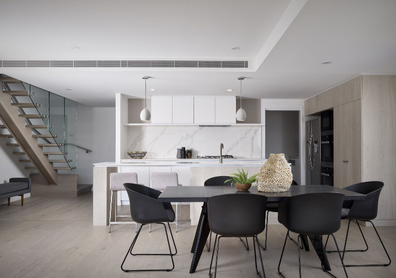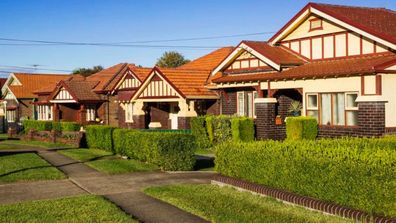Who is Satoshi Nakamoto? The mysterious inventor of bitcoin is a renowned figure in the world of cryptocurrency but his true identity is unknown.
However, the British blogger Peter McCormack was certain about one thing: the answer isn’t Craig Wright.
For years Wright, an Australian computer scientist, has claimed that he is Satoshi, the pseudonymous author of the 2008 white paper behind bitcoin.
Wright’s assertion that he is the inventor of the digital asset – he first sought to prove that he is Satoshi in 2016, months after his name first emerged – has led to a series of legal tussles, some of which are continuing.
One of them came to a pyrrhic conclusion in London this week, when McCormack was found to have caused serious harm to Wright’s reputation by repeatedly claiming that he is a fraud and is not Satoshi.
But Wright, 52, won nominal damages of £1 after a high court judge ruled that he had given “deliberately false evidence” to support his libel claim.
For cost reasons, McCormack did not offer a defense of truth – where the defendant in the case attempts to show that the allegations are substantially true – as Mr Justice Chamberlain ruled that one claim made in a video discussion on YouTube was defamatory, while a series of tweets repeating the fraud claims were ruled to have caused serious harm to Wright’s reputation.
“Because he [Wright] advanced a deliberately false case and put forward deliberately false evidence until days before trial, he will recover only nominal damages,” wrote the judge.
McCormack’s defense, shifted to a much narrower footing, was that the video and the tweets did not cause serious harm to Wright’s reputation. Wright claimed that his reputation had been seriously harmed by the tweets because he had been disinvited from 10 conferences, which meant that academic papers due to be presented at those events had not been published.
McCormack submitted evidence from conference organizers who challenged Wright’s claims. Those claims were then dropped from Wright’s case at the trial in May.
The judge was scathing. He said: “Dr Wright’s original case on serious harm, and the evidence supporting it, both of which were maintained until days before trial, were deliberately false.”
Wright, who lives in Surrey and is the chief scientist at the blockchain technology firm nChain, said he had brought the case “not for financial reward, but for the principle and to get others to think twice before seeking to impugn my reputation”.
And the legal cases continue to pile up. Wright has other high court cases pending. He has brought a libel case against a Norwegian Twitter user, Marcus Granath, who has also accused the Australian of being a fraud. Granath recently failed in an attempt to have the case thrown out.
Wright is also suing two cryptocurrency exchanges in a case that argues that a digital asset called Bitcoin Satoshi Vision (BSV), which he backs, is the true descendant of the white paper.
The Crypto Open Patent Alliance (Copa), a non-profit that supports cryptocurrencies, is seeking a high court declaration that Wright is not the author of the white paper. Its case claims that Wright forged evidence produced to support his assertion that he is Satoshi. Wright, who denies Copa’s claims, failed in an attempt to have the case struck out last year.
There was more legal back and forth before that. In 2020, Wright lost an attempt to sue Roger Ver, an early bitcoin backer, for calling Wright a fraud on YouTube after a judge ruled that the appropriate jurisdiction for a lawsuit would be the US. One year later, Wright won a copyright infringement claim against the anonymous operator and publisher of the bitcoin.org website for publishing the white paper. Wright won by default after bitcoin.org’s publisher, who goes by the pseudonym of Cobra, declined to speak in their defense of him.
In the US, Wright won a case in December that spared him having to pay out a multibillion-dollar sum in bitcoins to the family of David Kleiman, a former business partner. Kleiman’s family had claimed that he was a co-creator of bitcoin along with Wright and they were therefore owed half of the 1.1m bitcoins “mined” by Satoshi.
The case was closely watched in the expectation that if Wright lost he would have had to move those bitcoins – seen as the sword-in-the-stone test that would prove Satoshi’s true identity. Those coins are now worth $25bn (£21bn) at the current price of about $23,000 and sit on the bitcoin blockchain, a decentralized ledger that records all bitcoin transactions.
Satoshi published the cryptocurrency’s foundation text – Bitcoin: A Peer-to-Peer Electronic Cash System – on 31 October 2008 and communicated by email with the currency’s first adherents before disappearing in 2011.
Carol Alexander, professor of finance at the University of Sussex business school, says Wright could prove that he is Satoshi by using the so-called private keys – a secure code comprising a hexadecimal string of numbers and letters – that will unlock access to the bitcoins.
“The only way that Wright could prove he is SN would be to make a transaction with some of the original bitcoin,” she said.
Wright is adamant that he will not do this, saying private keys do not provide ownership or identity. There are few other Satoshi candidates. In 2014, a Japanese-American man, Dorian S Nakamoto, was named by Newsweek as the creator of bitcoin and promptly denied any link to the digital currency. More informed speculation has centered on Nick Szabo, an American computer scientist who designed BitGold, viewed as a conceptual precursor to bitcoin. But he too has denied claims that he might be Satoshi.
In the meantime, Mr Justice Chamberlain left open a question that remains unanswered. “The identity of Satoshi is not among the issues I have to determine,” he said.









